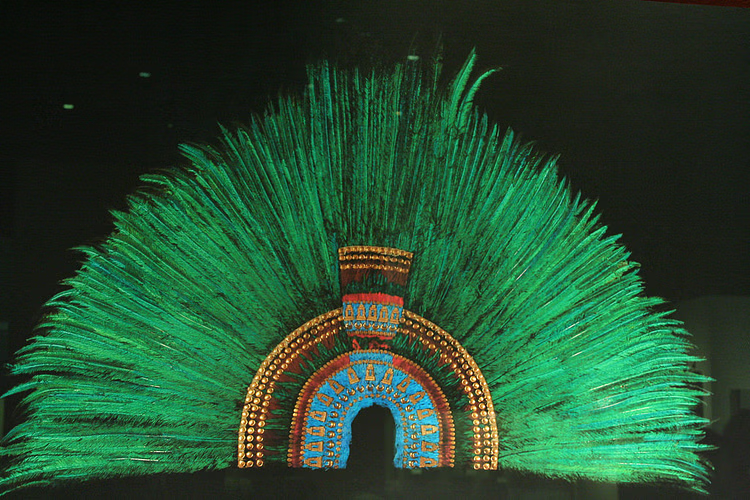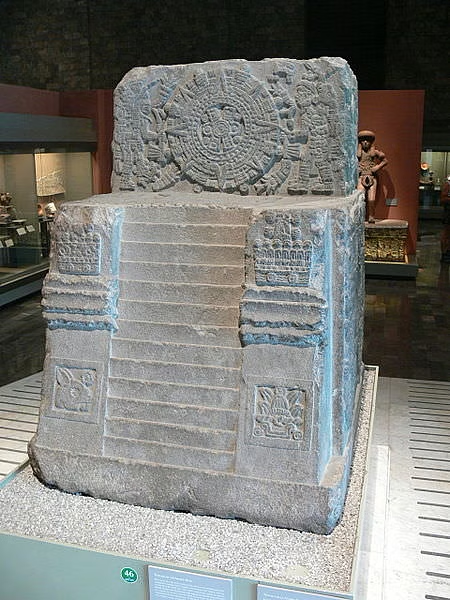



Source: Pixabay
Aztec society was a highly stratified one, with a number of social classes ranging from the slaves to the Emperor. What class you were in determined what you could do, what you could wear, and who you could marry. Read through the resources below to learn more about the social classes in Aztec society.
Aztec society was composed of eight different social classes which were made up of rulers, warriors, nobility, priests and priestesses, free poor, slaves, servants, and the middle class. The most important of these were the tlatoani (rulers), warriors, nobility, and the high priests and priestesses. The lesser classes were composed of the free poor, slaves, servants, and the middle class. This article looks at each of these classes.
This quick summary of the social classes in Aztec culture is a good introduction to the different social classes.
This article talks about the family unit and the social classes in Aztec society, and provides a quick quiz to test what you've learned!


The headdress of Motecuhzoma II, Aztec ruler 1502-1520 CE. Although there is no evidence that it was ever worn by Motecuhzoma the headdress may have been amongst the gifts he gave to Cortés, who in turn passed them on to Charles V. This is an exact replica of the original now in the Museum für Völkerkunde of Vienna. It is made with 450 green quetzal, blue cotinga and pink flamingo feathers and is further embellished with gold beads and jade disks. (National Museum of Anthropology, Mexico City)

The Aztec Monument of Sacred War (teocalli) or throne of Motecuhzoma II. Carved in c. 1507 CE to commemorate the New Fire Ceremony of that year. (National Museum of Anthropology, Mexico City)

Aztec merchants were called pochtecas. A variety of goods were produced by the craftspeople. Some items were for the ruler and his nobles. Some were sold in the Aztec markets and some were traded with peoples of distant tribes. Some of the items that were traded were gold ornaments, brightly colored woven cloth and salt harvested from the lake bed. They were traded for other luxury items, such as tropical bird feathers and jaguar skins (used for ceremonial garments), cotton, rubber, and cacao beans (for chocolate). Merchant life was hard and dangerous when traveling long distances and visiting foreign places. Since the Aztecs had no wheeled vehicles or pack animals, trading goods were carried by canoe and by long caravans of porters. Warriors went along to protect the caravans and the merchants.
The pochtecas lived in a separate part of the city, had their own laws, and temples to worship their own gods. One of these gods was Yacatecuhtli, or 'Lord Nose' which was the merchant god. The pochtecas helped to make Tenochtitlan rich. But the pochtecas didn't dress to show their wealth, they wore very basic clothes in public. The pochtecas used their wealth on expensive feasts to impress the other merchants. Since they carried so many valuable items with them, they left cities at night and had secret warehouses for storing their goods to hide them from thieves.
Pochtecas also served as spies to the ruler of Tenochtitlan in the lands they visited. They used their trading as cover for spying sincet they spoke many different languages and easily blended in with other tribes. By 1500 they were rivaling the nobility for wealth and power.
